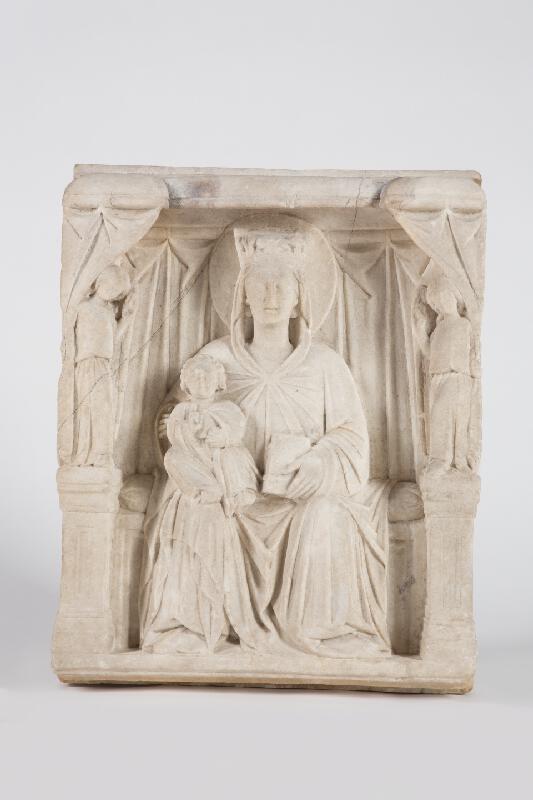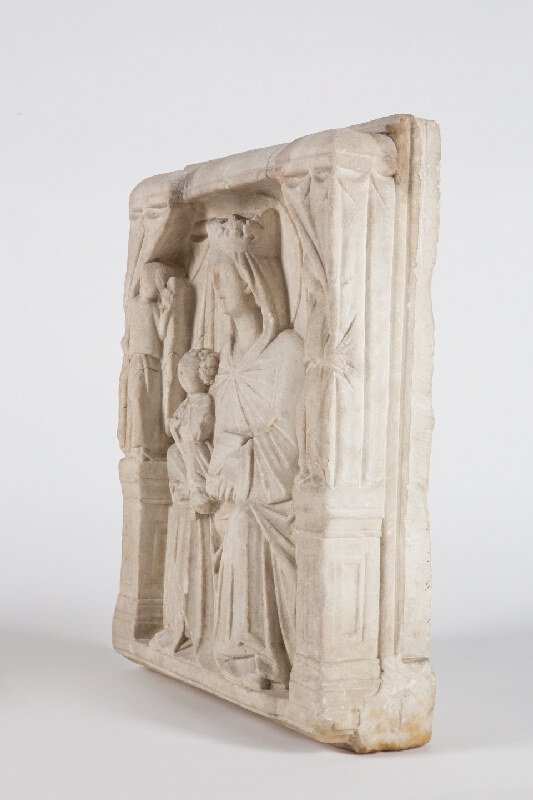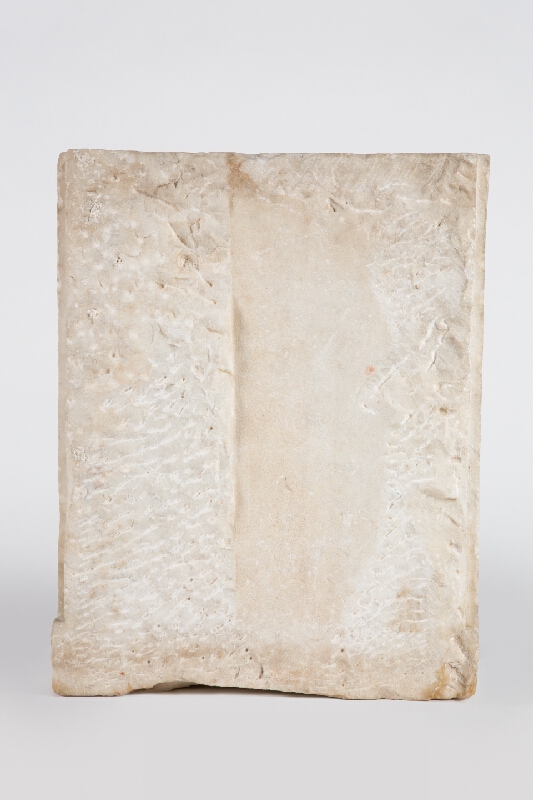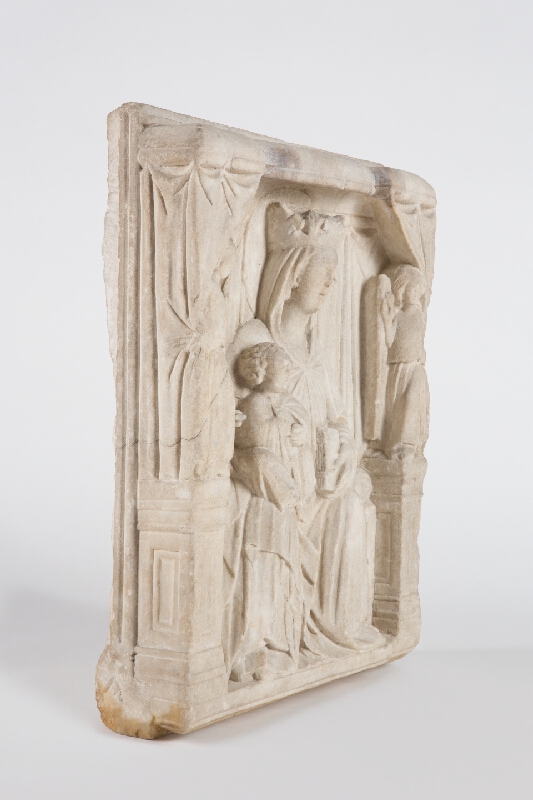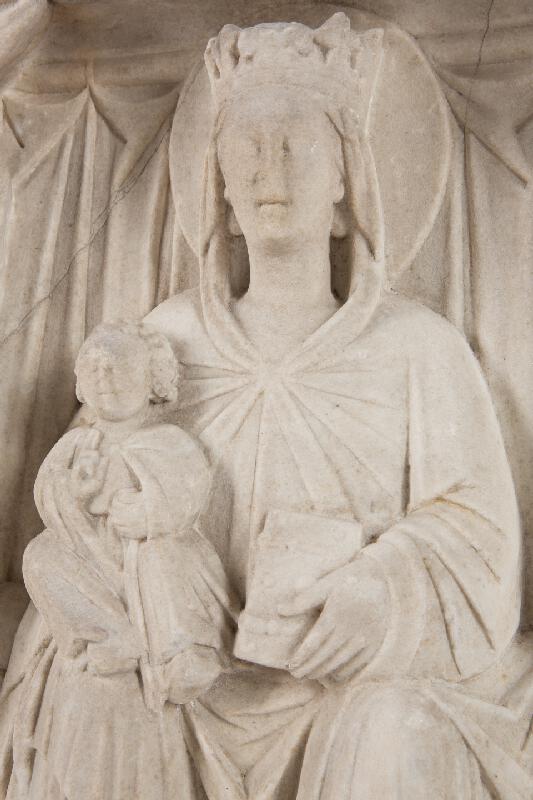Enthroned Madonna with Angels
Neznámy sochár
| date: | |
| measurements: |
výška 60.0 cm, šírka 47.0 cm |
| work type: | sculpture › relief |
| genre: |
figurative composition religious motif |
| material: |
marble
|
| technique: |
sekanie |
| inscription: | |
| institution: | Slovenská národná galéria, SNG |
| curator: | Dušan Buran |
| inventory number: | P 2367 |
| tags: | madona |
| in collections: | |
| licence: |  public domain
public domain
|
